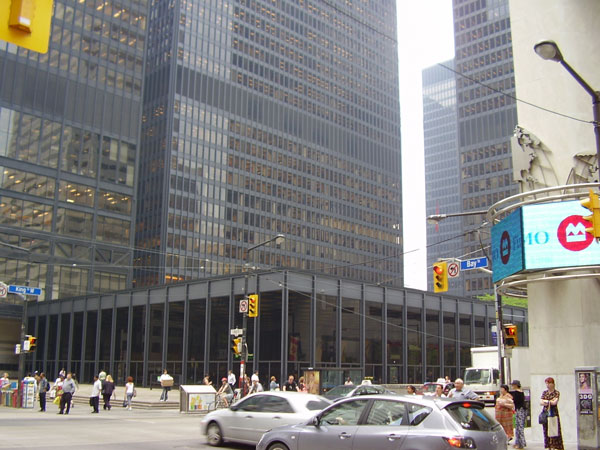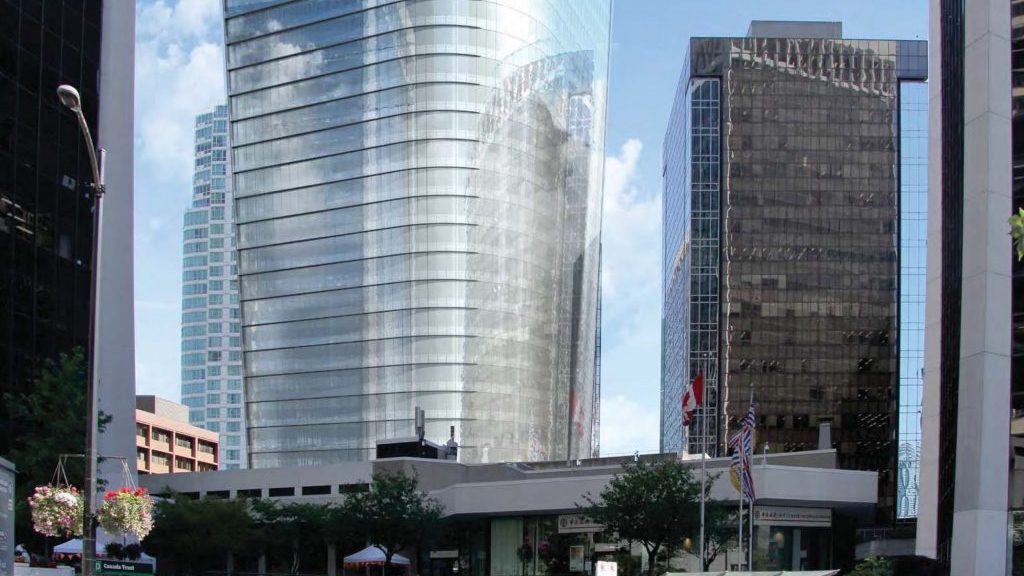Building health and wellness standards are about to get an upgrade.
The International Well Building Institute (IWBI) is rolling out v2 of its WELL Building Standard, a set of enhancements to the “healthy building” protocols used in over 600 buildings in 31 countries.
The system has been revamped in order to, “drive equity into the very architecture of the standard,” said IWBI president Rachel Gutter.
“We’ve taken a number of different steps to that end, one of which is to dramatically reduce preconditions for a project team to get certification.”
The standard has also moved to a subscription model, with sector specific prices for projects such as schools, non-governmental organizations (NGOs) and projects in the developing world.
“The fees are substantially lower for those projects,” Gutter said, adding the IWBI wanted to open the opportunity through subscriptions for projects to pay WELL fees within their operating budget.
There is also a subscription for existing buildings, Gutter said, “because we want the standard to be just as achievable in an existing space.”
WELL is not only a standard for new building but also existing structures, though the standard discourages retrofitting per se.
“Retrofitting implies capital improvement, and we want to change a building through existing operational practices and human resources,” Gutter said.
“We haven’t relaxed performance requirements; a building still has to meet certain air, water and sound quality standards, but those can generally be achieved for a modest cost.”

The IWBI also drove for equity in the standards affecting those occupying buildings, Gutter said.
How can the standard act as a great equalizer? By having substance abuse programs, bereavement, maternity and paternity leave, and a focus on universal design and accessibility to impact the nature of the buildings themselves, she said.
Before introducing Well v2, the IWBI held roundtable discussions in several different cities, which drove a move away from numbered goals in the system as they change depending on region.
“The biggest thing people wanted to address is affordability and the global application as the standard as well as localization. They also wanted fewer pre-conditions, that could be easily achieved,” Gutter said.
Some project pre-conditions are achievable for certain project types in certain parts of the world, Gutter added, but in other instances can be difficult to attain or are not appropriate.
“Cultural differences, for instance,” Gutter said. “You learn a lot with 30 projects in 30 countries.”
Changes were made to the WELL standard to better align with other green standards such as LEED, Gutter said, but “WELL isn’t about what other systems lack, but what we thought we could add.”
One of the important aspirations for WELL v2, she added, was to encourage teams to pursue green certification as well as adopting the WELL standard.
“This should be a ‘yes and’ process, not ‘either or,’ ” she said.
Crosswalk, a new feature in WELL v2, will also show users how to get more point-earning opportunities in different systems.
“We shifted to a 100-point system like LEED and GreenStar, so you can look at what something is worth in those systems and it will be equivalent,” Gutter said.
The majority of WELL certified projects have also achieved green certification, Gutter said, “and what we learned is that even though the initial intent of LEED was to save the planet, LEED certified buildings were actually saving the workplace and human health.”
Daylighting, she said, was meant to save energy but helps with circadian rhythms.
“What’s good for the planet is also good for people in terms of improving their sleep cycle, mood and focus,” Gutter said.
“Green building can only get so far with public awareness, but WELL gets more personal. We call it a ‘second wave of sustainability,’ ” she said.



Recent Comments